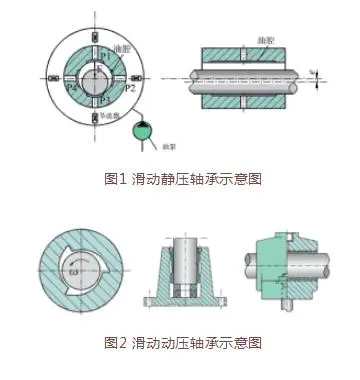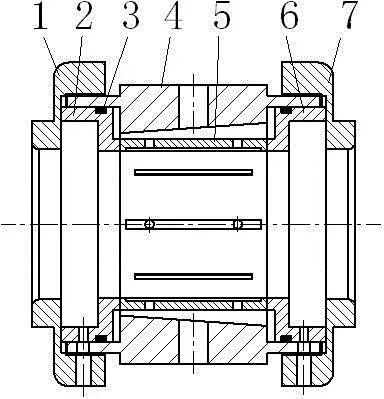1. Different support methods
The support methods of hydrodynamic bearings and hydrostatic bearings are different. Hydrodynamic bearings support moving parts by generating air film support force through high-speed rotation, so they can be used on high-speed rotating and evenly lubricated equipment, such as centrifugal compressors, jet engines, turbines, etc. Hydrostatic bearings use fluid static pressure to support moving parts, which is suitable for heavy-loaded, low-speed or non-continuously lubricated equipment. For example, large steel rolling mills, etc.

2. Different lubrication methods
The lubrication methods of hydrodynamic bearings and hydrostatic bearings are also different. Hydrodynamic bearings use gas or liquid vortexes to generate air films to form a lubricating layer, which is suitable for high-speed rotating equipment. Hydrostatic bearings rely on fluid static pressure and produce lubrication effects through an external oil pressure system that provides a certain pressure to it, which is suitable for low-speed or high-load equipment.

3. Advantages and disadvantages of both
The advantages of hydrodynamic bearings are that they can relieve bearing loads, reduce friction, and extend bearing service life when running at high speeds; hydrostatic bearings have good support capabilities in low-speed and high-load situations, are relatively simple, and require less lubricating oil. However, the disadvantages of hydrodynamic bearings are that they have higher requirements for the environment, are noisier, and have higher maintenance costs; hydrostatic bearings are not suitable for unstable operating conditions, coating loss, etc.
In summary, hydrodynamic bearings and hydrostatic bearings are suitable for different equipment and environments. Choosing the right type of bearing according to actual conditions can effectively reduce maintenance costs and extend the service life of equipment.

